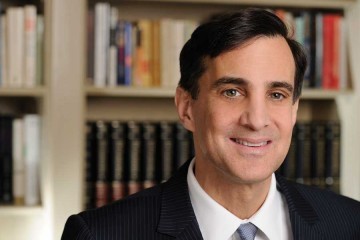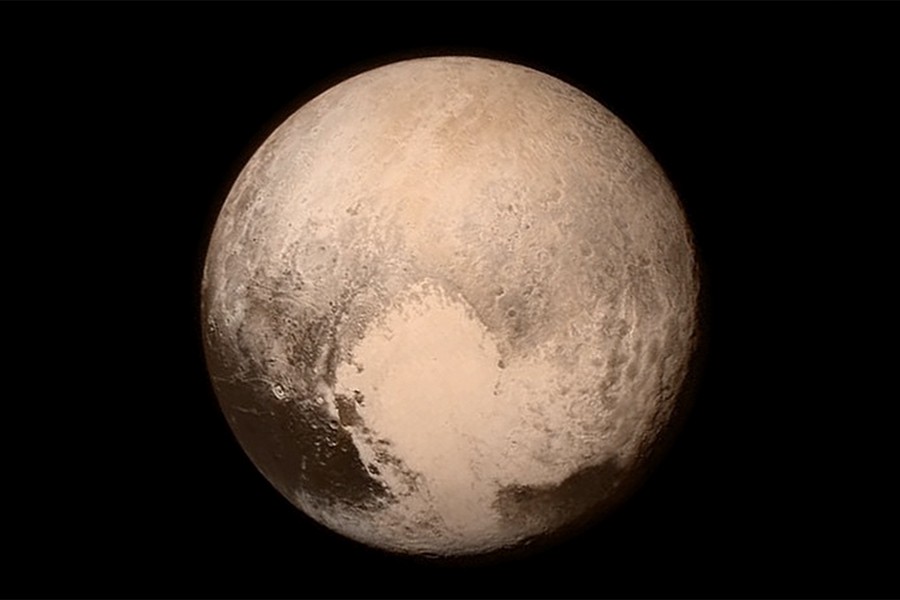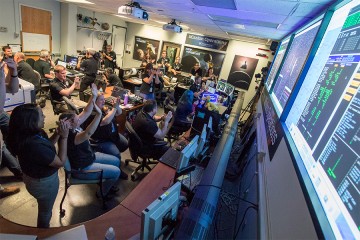A day after New Horizons completed its Pluto flyby on Tuesday, Johns Hopkins University President Ronald J. Daniels sent the following message to the university community lauding the achievement and the work of those at the Johns Hopkins University Applied Physics Laboratory who designed, built, and operated the spacecraft on its remarkable journey:

Image caption: President Ronald J. Daniels
Dear Members of the Johns Hopkins Community,
Yesterday, our university made history. I had the great privilege of being at the Johns Hopkins Applied Physics Laboratory with students, alumni, trustees, APL staff and their families, and our NASA colleagues as we celebrated the unimaginable. Thanks to the ingenuity and leadership of our colleagues at APL, humankind has now observed Pluto up close. After nearly 15 years of exhaustive planning and preparation, the New Horizons spacecraft became the first-ever space mission to explore a world so far from Earth. The excitement in the NASA control room at APL when we heard that New Horizons had safely passed Pluto was palpable.
From our founding over 139 years ago, Johns Hopkins' students and faculty have pursued knowledge—in the classroom, in the laboratory, and in the farthest reaches of space—with a restless curiosity, intellectual courage, and undaunted determination. Yesterday's achievement embodies those values to the fullest, opening up a vast new arena for scientific discovery beyond the farthest reaches of our own solar system. The image captured this evening attests to the wealth of data and information now available to our scientists.
At the end of New Horizons' 3-billion-mile voyage, the spacecraft hit the equivalent of a circle about 120 miles in diameter. Every instrument aboard New Horizons worked to near perfection. Even at the last minute a pellet the size of a grain of sand could have ended the nine-year journey. The sheer achievement of such pinpoint accuracy is simply stunning.
I am incredibly proud of Ralph Semmel's leadership and of Glen Fountain's entire team at APL. Nine years after sending New Horizons into orbit, APL's engineers, scientists, and administrators were able to bask in the deserved admiration of the world. It was a moment that I will long remember and a remarkable exemplar of Johns Hopkins' ability to deliver on its grandest aspirations.
Please join me in congratulating our colleagues at APL for this great success and for inspiring our community and the world.
Sincerely,
Ronald J. Daniels
Posted in Science+Technology, Voices+Opinion
Tagged applied physics laboratory, president ron daniels, space exploration, nasa, new horizons











